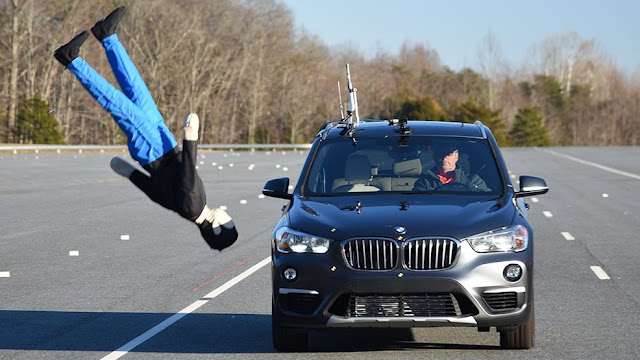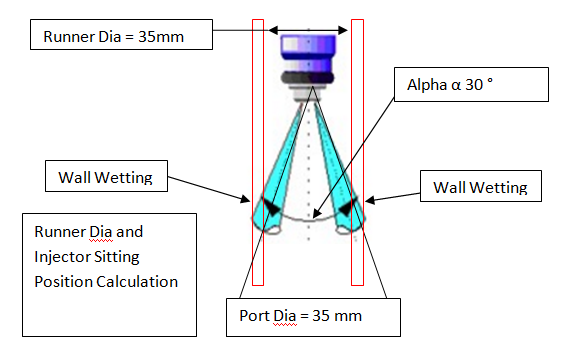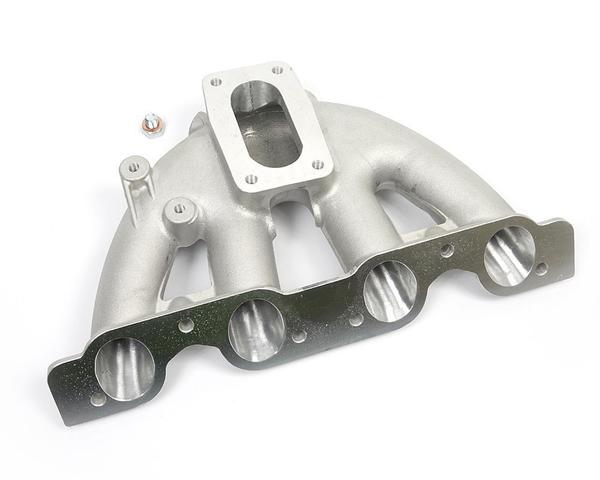Throttle Body Design and Development Management
Driver can control Air Flow by throttle
body by operating it via accelerator pedal. In gasoline engine throttle body is
the main control of regulation Engine RPM. Throttle Body can be operated by
mechanical lever where a metal cable is connected from pedal to throttle valve.
I will discuss electronic throttle; two accelerator
pedal sensor will send the signal of driver input; ECU will calculate and send
signal to DC motor fitted in electronic throttle, this DC motor will open or close
the valve; to check accuracy two throttle position sensor will be fitted in
valve shaft to check opening angle and closing angle; These two TPS signal will
be used by ECU to correct valve closing angle and ensure vehicle safety.
Positioning
on Plenum:
Throttle
Body Heating:-At cold environment throttle
body heating is required; however in electronic throttle body advance provision
has been made to increasing full close angle in case of icing in throttle. Also
DC motor torque test will be done for breaking ice band.
Throttle
Body Gasket and Hose Clamp: - Gasket is used
between throttle body and diffuser pipe. High engine vibration, exhaust gas
back flow and Pressure Wave create rough environment for gasket; for example
Acceleration 10 g, working temperature 200 C and Pressure variation from 0.5
atm to 2 atm. Paper gasket serve this purpose. However every time after opening
throttle, new gasket should be used for safety. For Air cleaner outlet pipe
assembly, throttle bore aluminum casting has spool. This hose can be assembled
with help of Metal Clamp with Screw.
Two
Throttle position sensor potentiometers operate on a 0 to 5v signal from the ECU.
It is a three wire system (Figure A53), were the three wires are connected as
follows: wire1 connects the PCM/ECM to the resistive track, wire 2 connects the
pointer to the PCM/ECM, wire3 connects the resistive track to the ground. The
signal of the TPS is directly proportional to the throttle plate, as the
throttle plate moves from closed to wide open throttle (WOT) the output voltage
from the TPS increases proportionally as shown in figure A54. At closed
throttle the voltage is about 0.5v as the signal has to travel through a
greater number of windings, were as in wide open throttle the voltage is around
4.0v to 4.5v this is because the signal travels through less number of
windings. For each step of 0.06° there is a particular voltage gradient and
this voltage gradient is interpreted by the PCM/ECM to calculate amount of air.
Design
Criteria:
|
Child
Part
|
Requirement
|
Material
|
Manufacturing
|
Cost
|
Weight
|
Life
|
Design
Review
|
|
Throttle Body
|
Leak Pressure -10 Bar,
Vibration 30 g,
Working Temperature
200 ° C,
Surface Roughness
|
PA66 GF35
|
Moulding
|
C
|
A
|
B
|
Suppliers such as Bosch,
Continental, and Denso etc mostly use Aluminum Body. We have chosen Bosch
Electronic Throttle Body which has Aluminum Body and steel Valve and shaft.
|
|
ADC 12
|
PDC, Machining
|
A
|
B
|
A
|
|||
|
Gasket
|
Working Temperature 200 ° C
Leakage Pressure
10Bar
|
Paper
|
Die Cutting
|
A
|
/
|
C
|
Paper Gasket is easy to design
& manufactures and low cost so paper gasket will be used between throttle
and restrictor pipe.
|
|
Metal
|
Machining
|
C
|
/
|
A
|
|||
|
Inlet Hose from Air Cleaner
|
Dia 45mm
Burst Pressure 5 Bar,
Working
Temperature
200 ° C,
|
Braided Hose
|
Mandrel Tempering
|
C
|
B
|
A
|
As Pressure and Temperature in
less No braiding hose will be used.
|
|
No
Braiding Hose
|
A
|
A
|
B
|
||||
|
Fastener
|
30 G Vibration
100 N Load
No Rust
|
M6
Class8.8
|
Casting
Heat Treatment
Thread Making
|
-
|
-
|
-
|
For Throttle Body assembly M6
will be used.
|
|
M6 Class10.9
|
-
|
-
|
-
|
||||
|
M8 Class8.8
|
-
|
-
|
-
|
Read next blog for detail design of throttle body, Design Failure Mode Effect Analysis, 1D Simulation, Testing Method and other design related issues.
Read Previous blogs for very detail design of intake manifold, material, 1D Simulation , MAP, CFD, Stress Analysis etc.








